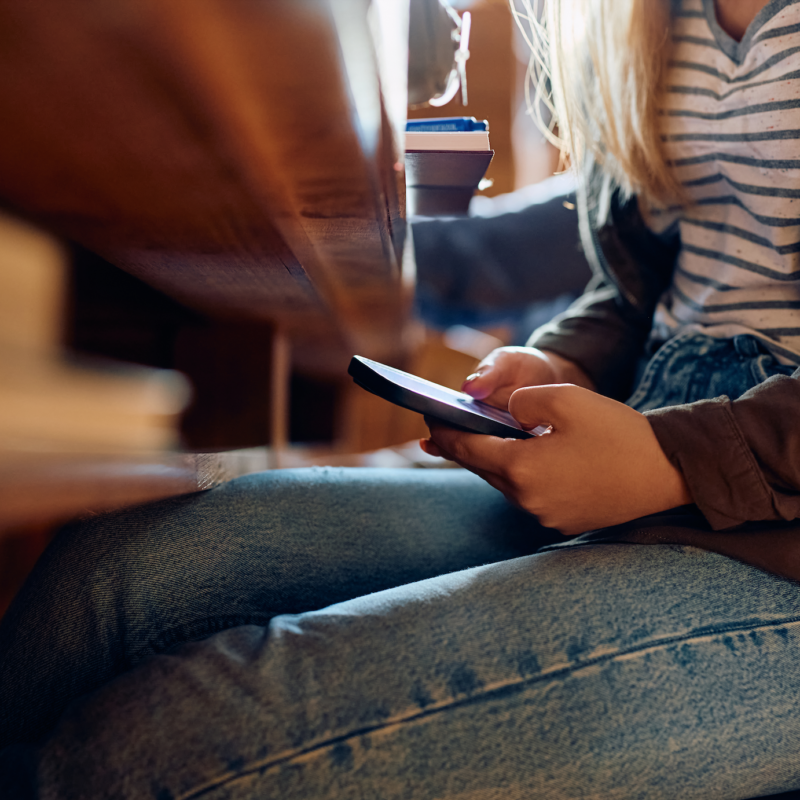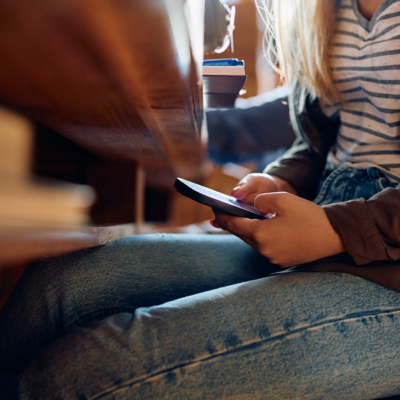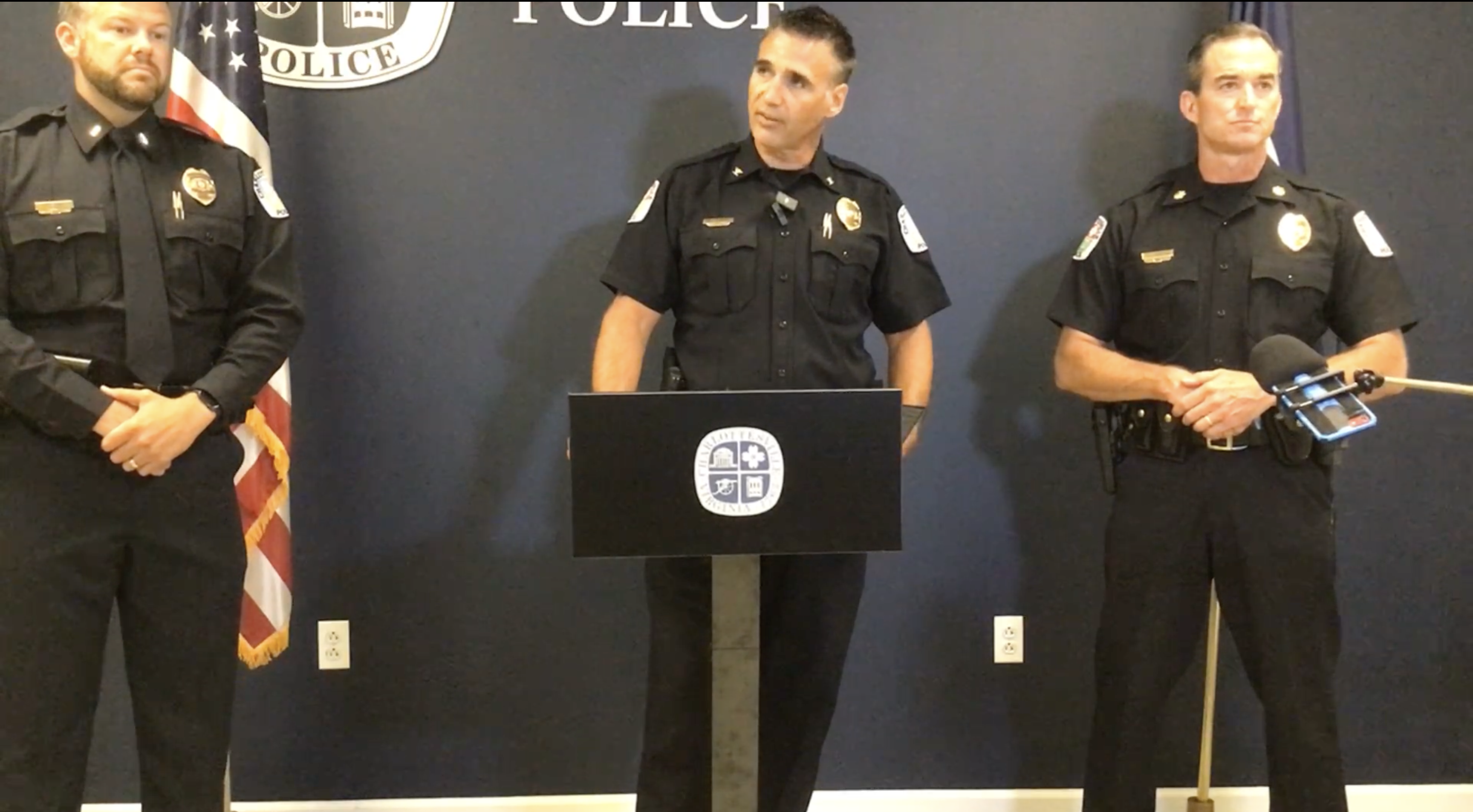Charlottesville City Schools have one more half-million-dollar payment to make on the contract that put a Fujitsu touch-screen tablet in the hands of every middle and high school student in the division in 2012, and while the aging computing devices have been criticized as glitchy and slow, the division says it’s committed to the one-to-one kid-to-computer philosophy and is already looking at new devices to take the place of the tablets in 2015.
The Blended Learning to Advance Student Thinking program, or BLAST, was launched in 2011 with a price tag of $2.4 million—$1.9 million for the tablets themselves, purchased through high-volume retailer PC Mall, plus additional costs for software licensing, peripherals like keyboards, and the inevitable out-of-warranty repairs. Each of the approximately 2,500 city students in grades six through 12 was given access to a wireless-connected tablet in 2012, and Charlottesville High School students are allowed to take them home.
“We’ve turned our focus very much to what’s next,” said Jeff Faust, the division’s director of technology, who helps head up an advisory committee of mostly teachers tasked with refining BLAST and hammering out a future beyond the end of the Fujitsu era. “We’re looking at the existing device, existing practices, and trying to identify the things that we want to take advantage of moving forward,” he said.
What they’re hearing from those teachers, said Faust: “They want to see another device, because they can’t imagine not having the device in their classrooms.”
The emphasis should be on “another device,” say some, who are less than impressed with the tablet’s performance.
“They wanted to eliminate paper needs for stuff, but what it means now is that before every test in every class, there’s a good 15 minutes to a half hour of everyone going, ‘My tablet’s not working’ or ‘I have to get updates,’” said Louis, a rising CHS 10th-grader who asked to be identified only by his first name.
The tablets are hard to use a lot of the time, he said.
“They came with these gummy little keyboards designed for you to roll up and throw in your bag, but a lot of times, there will be keys that don’t work, or the keys will stick,” Louis said.
As a result, he said, he rarely used his tablet in his first year in high school—and he was rarely asked to. He’d bring it in for tests sometimes, he said, but “the majority of last year, I just left it at home.”
Some teachers echoed those frustrations, but declined to speak on the record because of concerns about putting their jobs in jeopardy. One Charlottesville High School teacher who spoke with C-VILLE on condition of anonymity called the tablets “horrendous,” and said the load time for apps is about eight minutes.
“They frequently have dead spots, so a student will try to use the touch screen and it won’t work,” the teacher said. “They’ll say, ‘Can’t we just do it on paper?’”
But Maria Lewis, the division’s coordinator of technology integration, said the majority of teachers are now using the tablets in instruction, and the division has been helping teachers adopt their use more and more.
“The scale is different in each classroom,” she said. “Some utilize the tablets and Google apps every day, in almost everything they’re doing.”
About a third of teachers incorporate the tablets a little less often, but are regularly using specific apps and the Web for instruction and testing, said Lewis. About another 30 percent are infrequent users, she said, but might have students on the devices for a full class period at a time.
“Then there’s a small percentage that we just actively and continually encourage to use them,” she said.
Lewis explained that the BLAST pro-gram is about a lot more than a few thousand screens in student hands. The arrival of the hardware preceded a big ramp-up to an introduction of Google e-mail and a host of Google-based educational apps, she said. Teachers got the new Web tools in 2012, helped each other get proficient through peer presentations, and were ready to hit the ground running when students were given their own Google accounts in January, she said.
Some of what kids now have access to are things e-mail-centric professional adults might take for granted, like a web calendar for keeping track of homework. Others represent more fundamental shifts in instruction. Take Nearpod, an application that lets teachers upload classroom presentations embedded with Web links and test-as-you-go quizzes. Lewis said it’s allowed students to take the lecture home with them, an increasingly popular educational setup known as a flipped classroom.
“That whole instructional piece where you feel like you’re just disseminating information—that can happen independently for the student,” Lewis said.
Margi Roache teaches U.S. history at Buford Middle School, and said she uses the tablets in her classroom regularly, and that it’s encouraged her students to be more independent learners.
“Everything from testing to WebQuests to having the kids look for and explore and inquire on the topics we’re doing on their own,” she said. “It’s great having the kids have that resource there. No matter what we’re doing…I can say, ‘Let’s look it up.’”
She acknowledged that the tablets can be slow, but she doesn’t think that’s a reason to write off their potential.
“They do have hiccups, but I have problems with my computer at home sometimes. I think in a way it’s good that the kids are seeing that as well,” she said. “It’s better than not having the technology at all, and it’s better than having just a lab. In the long run, our kids are learning some problem-solving skills.”
The CHS teacher who spoke anony-mously had a less positive takeaway, and said the frustration over the tablets shortcomings has undermined BLAST’s admirable goals.
“Part of the one-to-one initiative is to bring equity in technology so kids who can’t afford devices can have them,” the teacher said. “Unfortunately, because of the technology failures of the tablets, it’s made the very kids it’s supposed to target hate technology more.”
But there’s a sense that better hardware will go a long way.
“I use technology frequently,” said the teacher. “Google Drive, Youtube, a lot of other things. And absolutely, a good device would allow my students to learn better.”
Faust said the schools are listening, and feedback from the technology advisory committee and student focus groups will guide the future of BLAST. Among the priorities for selecting new devices, according to Faust: A physical keyboard, mobility, strong network connectivity, and a good warranty like the current one for the tablets that would allow schools to easily replace broken devices.
“I think at the end of the day, what teachers want is a device where there’s a minimal amount of support needed in the classroom,” Faust said.
Charlottesville City Schools spokesperson Beth Cheuk said working out the kinks is part of being at the forefront of the one-to-one movement.
“Early adopters learn lessons that can be shared with others who follow,” she said. “To the degree that the tablets have had ‘issues,’ they are issues that many school divisions would be happy to deal with.”




